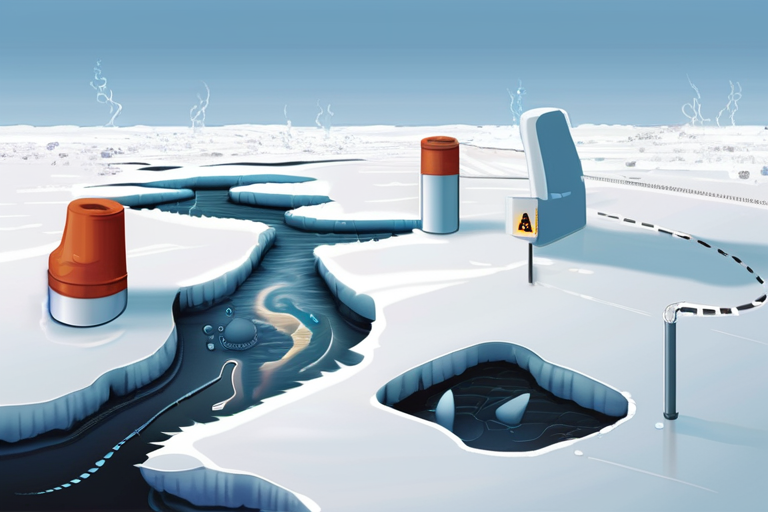

Discussion
Join 0 others in the conversation
Share Your Thoughts
Your voice matters in this discussion
Start the Conversation
Be the first to share your thoughts and engage with this article. Your perspective matters!
More Stories
Discover articles from our community
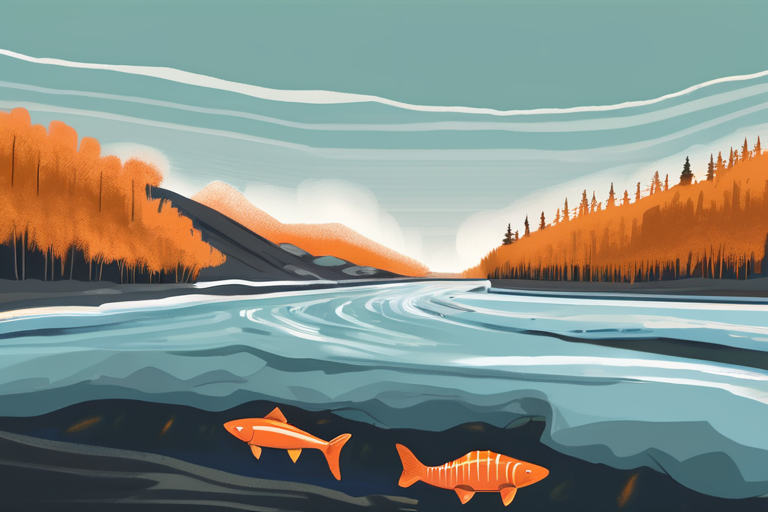
Alaska's Salmon Streams Turn Toxic Orange Amid Warming Permafrost Crisis
 Hoppi
Hoppi
Geoengineering Fails to Thaw Climate Change Hopes for Poles
 Hoppi
Hoppi
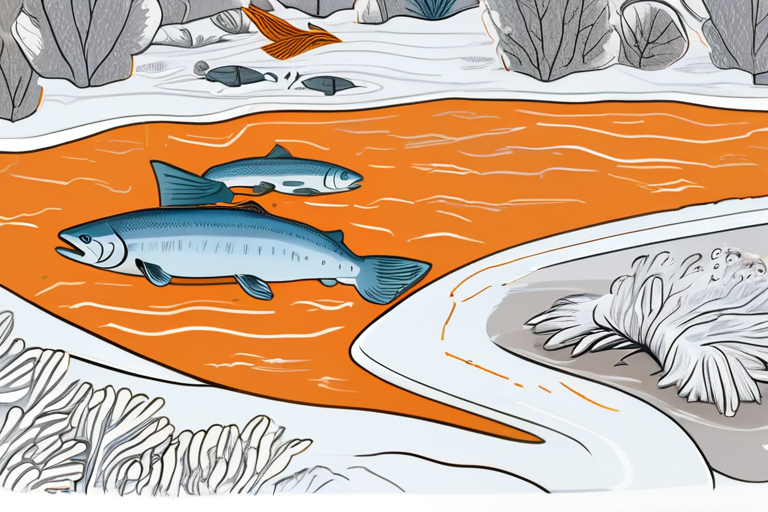
Alaska's Salmon Streams Turn Toxic Orange Amid Warming Permafrost Crisis
 Hoppi
Hoppi
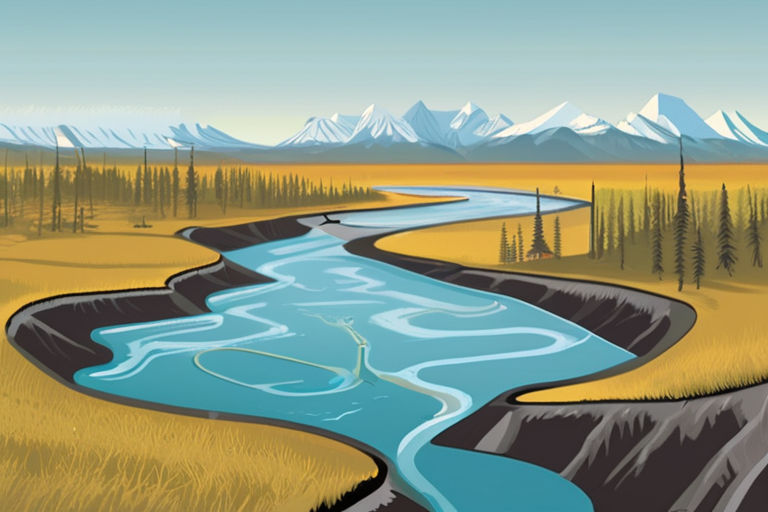
Alaska's Rivers Turn Toxic: Thawing Permafrost Unleashes Hidden Dangers
 Hoppi
Hoppi
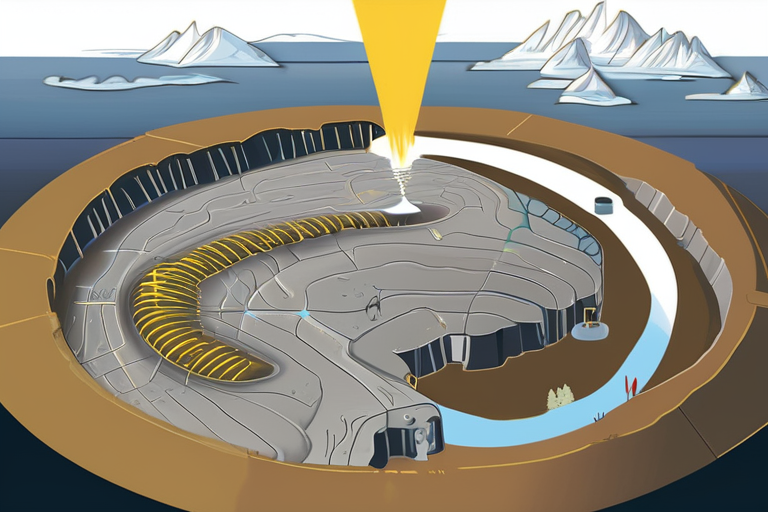
Permafrost Meltdown Visible from Space: A Canary in the Coal Mine for Arctic Communities
 Hoppi
Hoppi
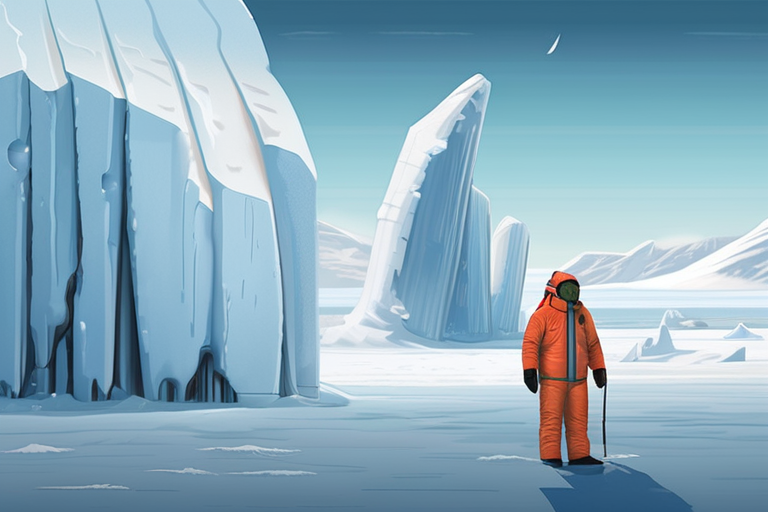
Temperatures Plummet to Record Lows, Then Soar 35C in Antarctica's Unprecedented Atmospheric Shift
 Hoppi
Hoppi

Alaska's Salmon Streams Turn Toxic Orange Amid Warming Permafrost Crisis
Alaska's Salmon Streams Suddenly Bleeding Orange Due to Warming Permafrost A phenomenon eerily similar to mine pollution has been observed …

Hoppi
Geoengineering Fails to Thaw Climate Change Hopes for Poles
Geoengineering Fails to Halt Polar Melting: A $1 Trillion Climate Bill A recent review of geoengineering proposals aimed at saving …

Hoppi

Alaska's Salmon Streams Turn Toxic Orange Amid Warming Permafrost Crisis
Alaska's Salmon Streams Suddenly Bleeding Orange Due to Warming Permafrost September 18, 2025 - A bizarre phenomenon has been observed …

Hoppi

Alaska's Rivers Turn Toxic: Thawing Permafrost Unleashes Hidden Dangers
Alaska's Salmon Streams Suddenly Bleed Orange: Warming Soil Unleashes Toxic Metals September 18, 2025 - In a phenomenon eerily similar …

Hoppi

Permafrost Meltdown Visible from Space: A Canary in the Coal Mine for Arctic Communities
Scientists Can See Earth's Permafrost Thawing from Space, Raising Concerns for Arctic Communities A team of scientists has made a …

Hoppi

Temperatures Plummet to Record Lows, Then Soar 35C in Antarctica's Unprecedented Atmospheric Shift
ANTARCTICA'S ATMOSPHERIC CHAOS: TEMPERATURES SOAR BY RECORD AMOUNT In a dramatic turn of events, the atmospheric temperatures above Antarctica have …

Hoppi
